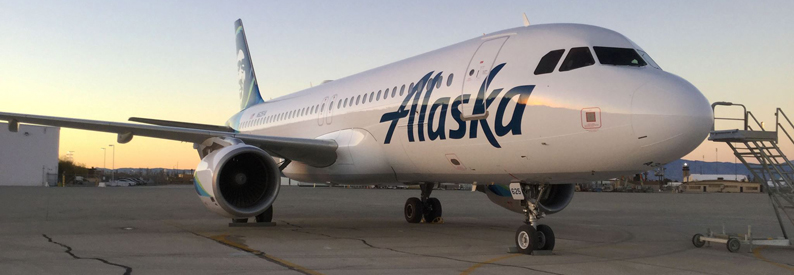Alaska Airlines to retire all owned A320s
Alaska Airlines (AS, Seattle Tacoma Int'l) has resolved to retire its ten owned A320-200s "earlier than previously scheduled" without disclosing a specific date for the phase-out, the carrier said in an SEC filing.
The airline said that it "concluded that the carrying value [of the A320-200s] was no longer recoverable". The accelerated retirement would result in a USD115-125 million impairment charge, which is still subject to finalisation.
The carrier inherited all of its Airbus narrowbodies from Virgin America (VX, San Francisco, CA) after the takeover of the latter. According to the ch-aviation fleets advanced module, Alaska Airlines currently operates fifty-one A320-200s, of which forty-one are dry-leased, and ten are owned. The ten owned units are relatively young aircraft, ranging from 4.3 to 5.3 years of age. As such, they are the ten youngest A320-200s in Alaska Airlines' fleet. The average age of the entire fleet of fifty-one A320s is ten years old on average.
All but one of the owned aircraft were removed from revenue service by April 7, 2020, and have remained in storage since then. The only operational aircraft from the ten is N364VA (msn 7138), Flightradar24 ADS-B data shows.
The decision is an incremental downsizing of Alaska Airlines' Airbus fleet this year. The carrier has already retired all ten of its A319-100s and two A320-200s earlier this year and said that it planned to retire a further seven A320-200s in 2021.
Alaska Airlines used to be an all-Boeing mainline operator until the merger with Virgin America. It continues to operate eleven B737-700s, sixty-one B737-800s, twelve B737-900s, and seventy-nine B737-900(ER)s, as well as three B737-700(BDSF) freighters. It also operates ten A321-200Ns, which were ordered by Virgin America (although some of them were delivered already post-merger).
credit : CH Aviation


No comments:
Post a Comment